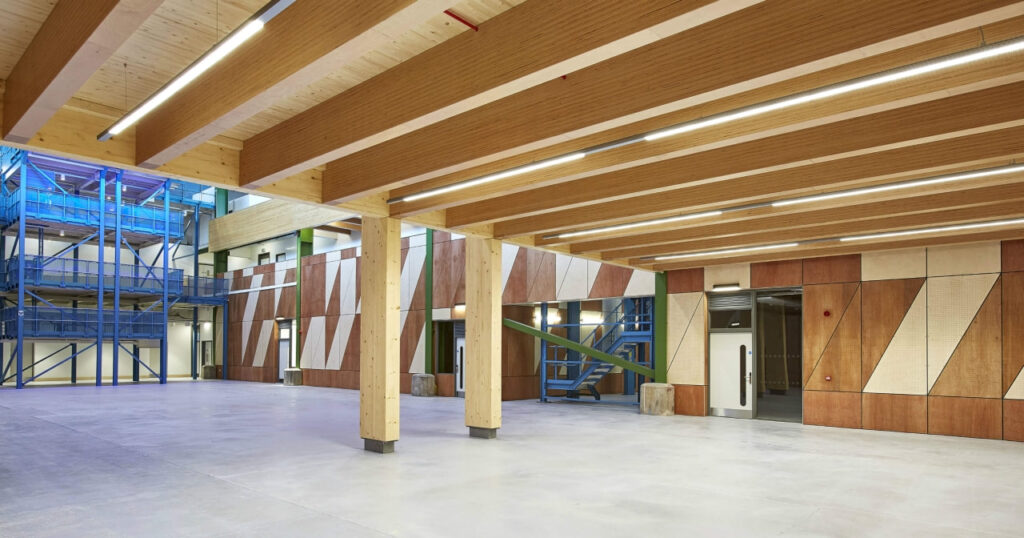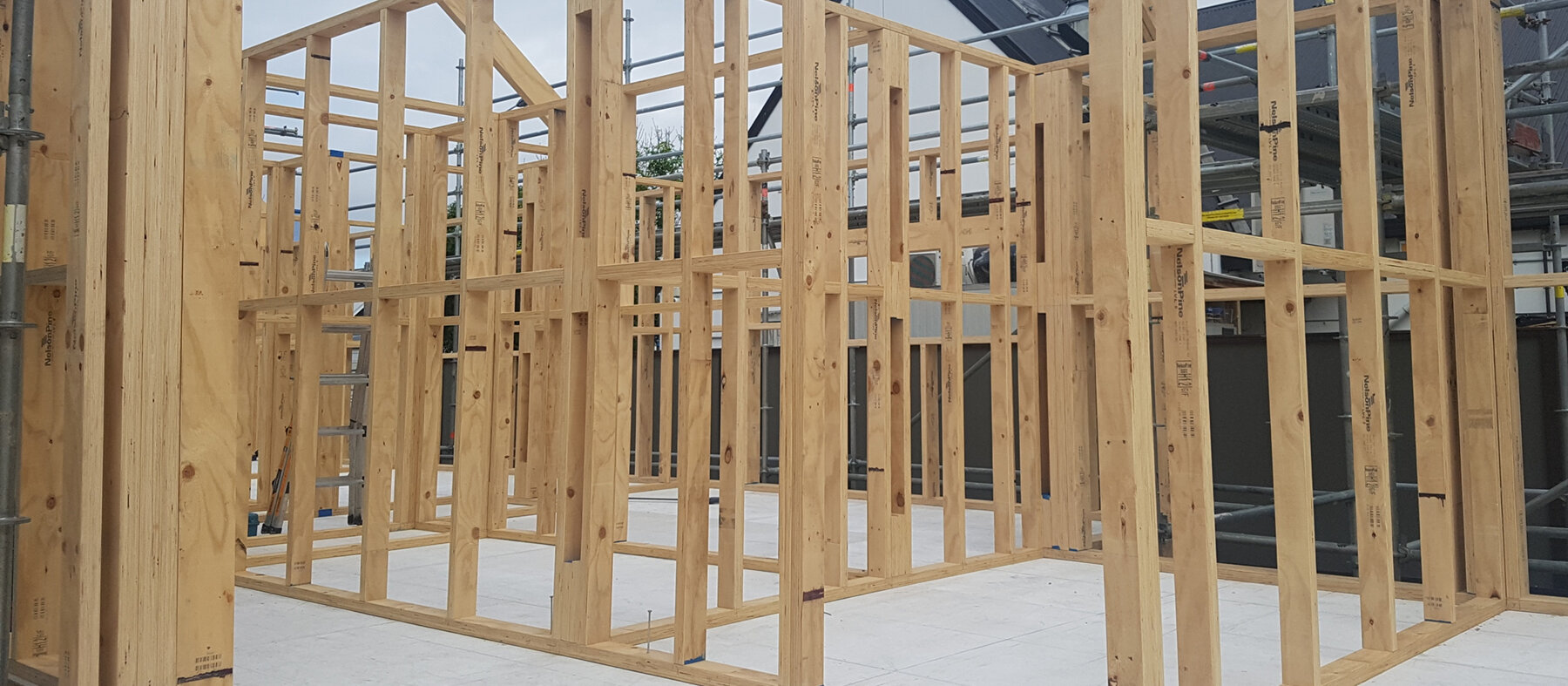Laminated Veneer Lumber (LVL) formwork is an essential component in modern construction projects. It provides support and stability during the concrete pouring process, ensuring the strength and durability of concrete structures. To ensure successful construction, it is crucial to choose the right LVL formwork that suits your specific needs.
In this article, we will explore timber LVL formwork prices and the key considerations and factors to keep in mind when selecting LVL formwork.
Understanding LVL Formwork
LVL formwork, also known as engineered wood formwork, is a versatile and cost-effective solution used in construction projects. It consists of several layers of thin wood veneers laminated together with adhesive. The resulting material offers high structural strength and dimensional stability, making it ideal for supporting concrete structures.
LVL formwork is a temporary structure that supports freshly poured concrete until it gains sufficient strength to support itself. It acts as a mold, providing the desired shape and holding the concrete in place during the curing process. LVL formwork comes in various sizes and shapes to accommodate different construction requirements.
Related: Beware of DIY Commercial Concrete Services

Benefits of Using LVL Formwork
There are several advantages to using LVL formwork in construction projects:
- High Strength: LVL formwork has excellent load-bearing capacity, allowing it to support heavy concrete loads.
- Durability: LVL formwork is resistant to warping, twisting, and splitting, ensuring its long-term performance.
- Easy Installation: LVL formwork is lightweight compared to traditional formwork systems, making it easier to handle and install.
- Reusable: LVL formwork can be reused multiple times, reducing construction costs and waste.
Moreover, LVL formwork offers enhanced dimensional stability, which is crucial in ensuring the accuracy and precision of concrete structures. This stability minimizes the risk of deformations or inaccuracies in the final construction, leading to a more reliable and aesthetically pleasing result.
Additionally, the smooth surface of LVL formwork helps achieve a high-quality finish on concrete surfaces, reducing the need for extensive finishing work. This not only saves time during the construction process but also enhances the overall appearance of the structure, making it more visually appealing.
Factors to Consider When Choosing LVL Formwork
When selecting LVL formwork for your construction project, it is important to consider the following factors:
Choosing the right LVL formwork is crucial for the success of your construction project. Beyond the basic factors like material quality, formwork size, and load-bearing capacity, there are other important considerations to keep in mind.
Material Quality
The quality of the LVL formwork material is crucial for ensuring structural integrity and durability. Choose formwork made from high-quality veneers and adhesive to withstand the challenges of construction environments.
Opting for LVL formwork that has been tested and certified for quality standards can provide additional assurance of its performance and longevity on your construction site.

Formwork Size and Shape
Determine the required size and shape of the formwork based on the concrete structure you are building. Consider factors such as height, width, and any complex shapes or angles that need to be accommodated.
Customizing the formwork size and shape to fit the specific requirements of your project can help streamline the construction process and ensure a precise fit for the concrete elements.
Load-Bearing Capacity
Assess the load-bearing capacity of the LVL formwork to ensure it can withstand the weight of the concrete without deformation or failure. Consider the specific design requirements and the maximum expected concrete loads during construction.
Factor in safety margins when evaluating the load-bearing capacity to account for unexpected stresses or variations in concrete placement. Choosing formwork with a higher load-bearing capacity than strictly required can add an extra layer of security to your construction operations.
The Role of LVL Formwork in Construction
Importance of LVL Formwork in Building Structures
LVL formwork plays a vital role in the successful construction of various concrete structures, including walls, columns, beams, and slabs. It provides the necessary support and containment to shape the concrete into the desired form, ensuring structural stability and integrity.
One key advantage of using LVL (Laminated Veneer Lumber) formwork is its strength and durability. LVL is engineered to be strong and dimensionally stable, making it an ideal material for withstanding the pressure and weight of wet concrete during the pouring and curing process. This durability allows for multiple uses of the formwork, making it a cost-effective solution for construction projects.
Safety Considerations with LVL Formwork
When working with LVL formwork, safety should always be a top priority. Ensure that the formwork is installed correctly and securely to prevent any accidents or structural failures. Regularly inspect the formwork for any signs of damage or wear and make necessary repairs or replacements to maintain a safe working environment.
Additionally, it is essential to consider the load-bearing capacity of the LVL formwork and adhere to weight restrictions to prevent overloading. Proper training for workers involved in the assembly and disassembly of formwork is crucial to minimize risks and ensure a secure construction environment. By following safety protocols and guidelines, construction teams can mitigate potential hazards and create a safer workplace for all involved.
Maintenance and Care for LVL Formwork
Proper Storage of LVL Formwork
To prolong the lifespan of LVL formwork, proper storage is crucial. Store the formwork in a dry and well-ventilated area to prevent moisture damage. Keep it away from direct sunlight and protect it from physical impact or contact with chemicals.
Additionally, consider storing the LVL formwork on raised pallets or shelves to prevent contact with the ground, reducing the risk of moisture absorption from concrete floors. Covering the formwork with a tarp or plastic sheet can provide an extra layer of protection against dust and debris, maintaining its quality over time.
Regular Inspection and Maintenance
Regularly inspect the LVL formwork for any signs of damage, such as cracks, delamination, or excessive wear. Address any issues promptly to ensure the formwork’s structural integrity. Clean the formwork after each use to remove any concrete residues and prolong its useful life.
Furthermore, conducting thorough inspections before each use can help identify any potential issues that may compromise the formwork’s performance. Implementing a maintenance schedule that includes regular checks and necessary repairs can extend the longevity of the LVL formwork, ultimately saving time and costs in the long run.
Making the Right Choice: A Summary
Key Takeaways for Choosing LVL Formwork
When choosing LVL formwork for your construction project, keep the following key points in mind:
- Ensure high-quality material to ensure structural integrity.
- Consider the size and shape of the formwork to meet your specific construction requirements.
- Assess the load-bearing capacity of the formwork to support the concrete adequately.
- Prioritize safety by following proper installation and maintenance procedures.
Choosing the right LVL (Laminated Veneer Lumber) formwork is crucial for the success of your construction project. LVL formwork is known for its strength, durability, and versatility, making it a popular choice among contractors and builders. Its ability to withstand heavy loads and provide a smooth surface for concrete pouring makes it an ideal solution for various construction applications.
Additionally, LVL formwork offers environmental benefits as it is often made from sustainably sourced wood and can be reused multiple times, reducing waste and minimizing the project’s carbon footprint. By opting for LVL formwork, you not only ensure the structural stability of your project but also contribute to sustainable construction practices.
Final Thoughts on LVL Formwork Selection
The right choice of LVL formwork is essential for the success and efficiency of your construction project. Consider the specific needs of your project and consult with professionals or suppliers to ensure you make an informed decision. By selecting the appropriate LVL formwork, you can achieve quality results while minimizing costs and construction delays.
